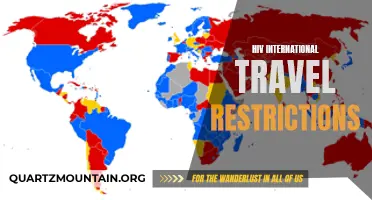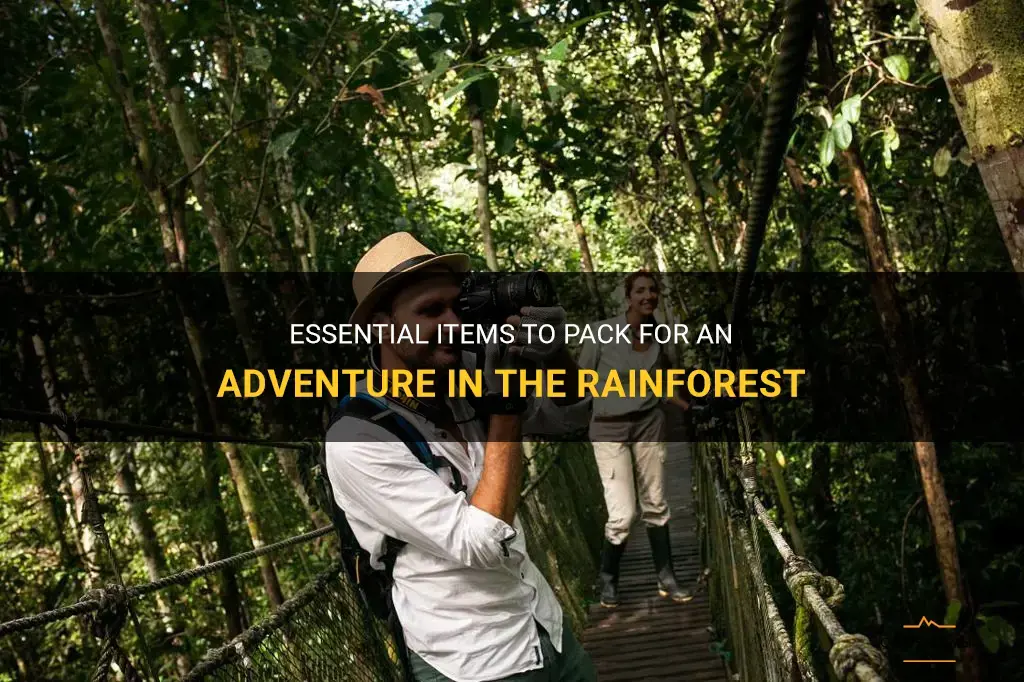
Imagine embarking on an extraordinary adventure through lush green canopies, a symphony of exotic wildlife, and gushing waterfalls. The rainforest, with its untamed beauty and hidden wonders, presents an opportunity for an unforgettable journey off the beaten path. But before you lace up your hiking boots and set foot into this magical realm, it's essential to pack the right gear to ensure your comfort and safety. From waterproof clothing and sturdy footwear to insect repellent and navigation tools, there are certain items that no rainforest adventurer should ever leave behind. In this guide, we will explore the essential items to pack for an adventure in the rainforest, allowing you to fully immerse yourself in this enchanting wilderness and make the most of your unforgettable journey.
| Characteristics | Values |
|---|---|
| Clothing | Light, breathable, quick-drying, long-sleeved, long pants, rain jacket, hat |
| Footwear | Waterproof hiking boots, sturdy sandals |
| Insect repellent | DEET-based insect repellent, mosquito net |
| Sun protection | Sunscreen (SPF 30+), sunglasses, wide-brimmed hat |
| Medications | Anti-malarial medication, first aid kit |
| Hygiene supplies | Biodegradable soap, wet wipes, hand sanitizer |
| Navigation tools | Maps, compass, GPS, whistle |
| Camping equipment | Tent, sleeping bag, camping stove, cookware |
| Waterproof bags | Dry bags, Ziploc bags, waterproof backpack |
| Food and water | Water purification tablets, hydration bladder, non-perishable food |
| Miscellaneous | Camera, binoculars, field guides, money, passport, rain cover for electronics, batteries |
What You'll Learn
- What essential items should I pack for a trip to the rainforest?
- Are there any specific clothing items or gear that I need for the rainforest?
- Do I need to bring any specific insect repellents or medications for the rainforest?
- Are there any safety items or equipment that I should include in my packing list for the rainforest?
- Are there any specific items or tools that are useful for navigating or exploring the rainforest?

What essential items should I pack for a trip to the rainforest?
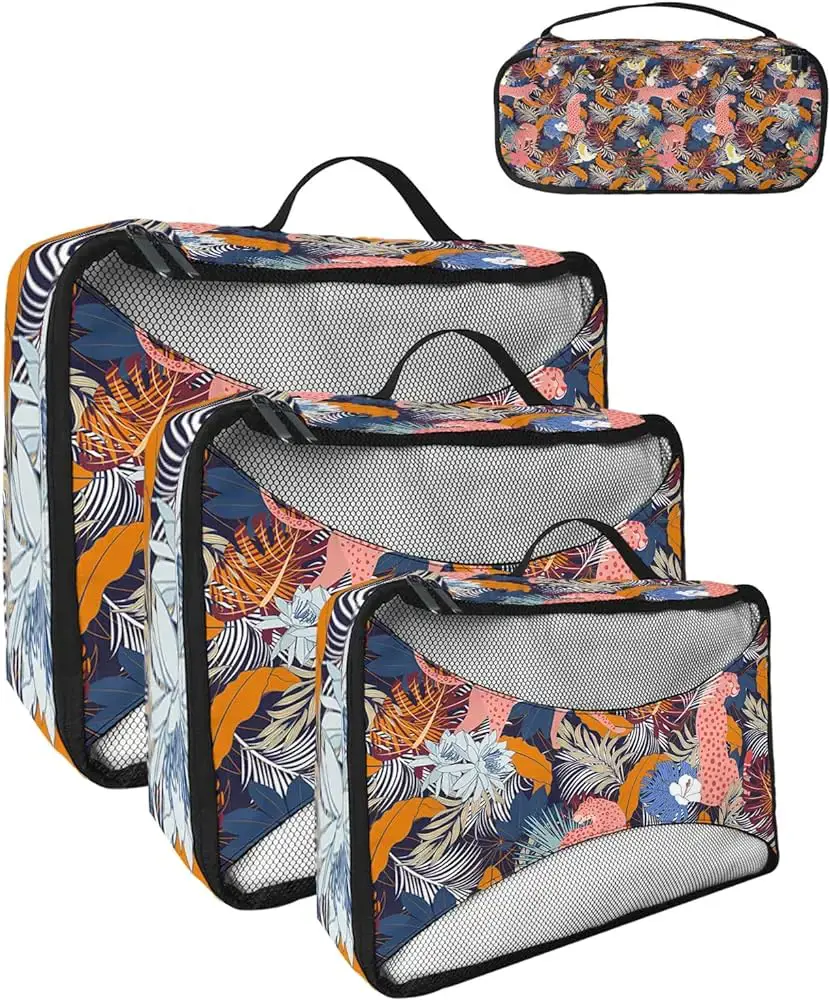
If you are planning a trip to the rainforest, it's important to pack the right essentials to ensure a safe and comfortable experience. The rainforest can be a challenging environment, with its high humidity, dense foliage, and various potential hazards. Here are some essential items you should pack for your trip:
- Lightweight and breathable clothing: The rainforest is a hot and humid environment, so it's important to pack clothing that is lightweight and breathable. Opt for moisture-wicking fabrics that will help keep you cool and dry. Long-sleeved shirts and pants are also recommended to protect your skin from insects and sun exposure.
- Sturdy, waterproof hiking boots: A pair of sturdy hiking boots is essential for navigating the uneven terrain of the rainforest. Look for boots that provide good ankle support and have a waterproof or water-resistant coating to keep your feet dry.
- Insect repellent: The rainforest is home to a variety of insects, including mosquitoes and other biting bugs. Be sure to pack a high-quality insect repellent that contains DEET or another effective active ingredient to protect yourself from bites. It's also a good idea to bring a head net to keep insects away from your face.
- Rain gear: As the name suggests, the rainforest receives a lot of rainfall. Be prepared for sudden downpours by packing a lightweight, waterproof rain jacket and pants. This will help keep you dry and comfortable during wet weather.
- Snacks and water bottles: Exploring the rainforest can be physically demanding, so it's important to stay hydrated and keep your energy levels up. Pack plenty of water bottles and some nutritious snacks like energy bars or trail mix to keep you fueled throughout the day.
- First aid kit: It's always a good idea to have a well-stocked first aid kit with you when traveling, and this is especially important in the rainforest. Your kit should include items such as bandages, antiseptic wipes, pain relievers, and any necessary prescription medications. Be sure to also include any specific items you may need based on your individual medical needs.
- Navigation tools: The dense foliage of the rainforest can make it easy to get lost or disoriented. Make sure you have a detailed map of the area or a GPS device to help you navigate. A compass is also a useful tool to have on hand.
- Binoculars and camera: The rainforest is teeming with wildlife and beautiful scenery, so don't forget to pack binoculars and a camera. These will allow you to spot and capture unique moments you may not have the chance to see elsewhere.
- Personal hygiene items: While the rainforest may not have all the comforts of home, it's still important to take care of personal hygiene. Pack items like biodegradable toiletries, toilet paper, hand sanitizer, and wet wipes to help you stay clean and fresh during your trip.
- Extra batteries and a portable charger: It's a good idea to bring extra batteries for your electronic devices, such as cameras and flashlights, as well as a portable charger. This will ensure you have enough power to capture important moments and stay connected if needed.
Remember that the specific items you need to pack may vary depending on factors such as the location of the rainforest, the length of your trip, and any specific activities you plan to undertake. It's always a good idea to research your destination and consult with experienced travelers or tour guides for additional advice on what to pack.
Essential Items to Pack for Your Trip to Thailand
You may want to see also

Are there any specific clothing items or gear that I need for the rainforest?
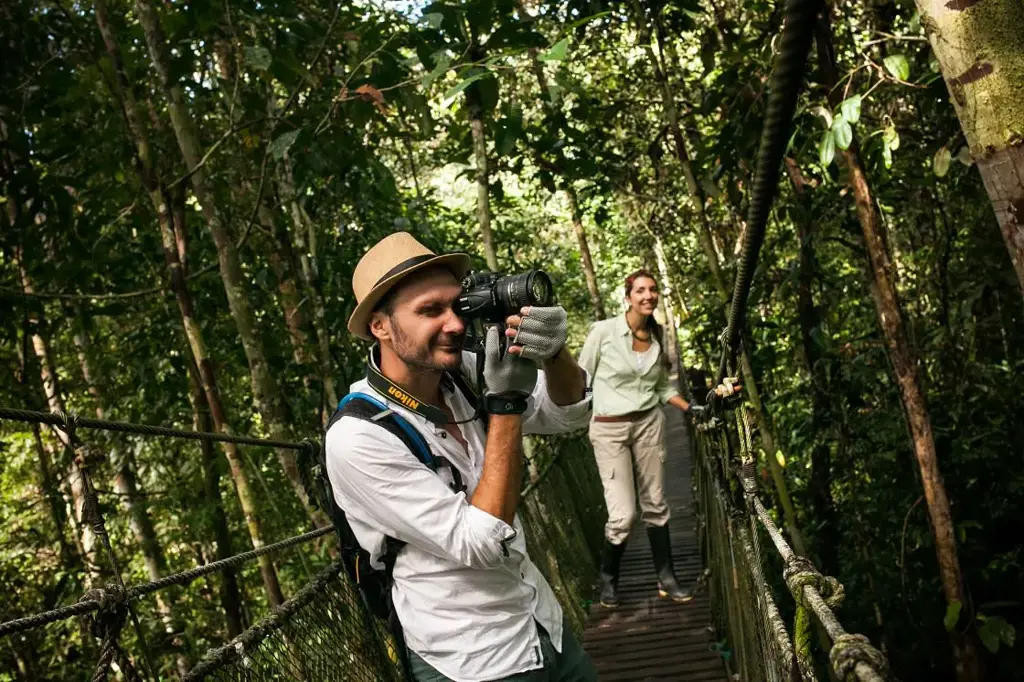
Exploring the rainforest can be an exciting and rewarding adventure, but it is essential to be well-prepared and equipped with the right gear and clothing. The rainforest environment poses unique challenges, including high humidity, intense heat, and frequent rain showers. To ensure your comfort and safety, it is crucial to choose appropriate clothing that will protect you from the elements and keep you comfortable throughout your journey.
First and foremost, it is essential to invest in high-quality, lightweight, and quick-drying clothing. The rainforest's high humidity and regular rainfall mean that your clothes will likely get damp, and it could be uncomfortable if they take a long time to dry. Opting for moisture-wicking materials, such as synthetic fabrics or merino wool, will help keep your body dry and prevent the growth of bacteria that can cause unpleasant odors. Additionally, quick-drying clothing will ensure that you stay comfortable even if you encounter unexpected rain showers.
When selecting tops for the rainforest, choose breathable long-sleeve shirts with built-in sun protection, such as UPF-rated shirts. Loose-fitting shirts made from lightweight and breathable fabrics will allow air to circulate and keep you cool in the hot and humid environment. Long sleeves will also provide added protection against biting insects and abrasive plants. Avoid wearing cotton shirts as they tend to retain moisture, making you feel damp and uncomfortable throughout your journey.
For bottoms, opt for lightweight and quick-drying pants or shorts. Convertible pants that allow you to zip off the legs and convert them into shorts are a great option as they provide versatility, allowing you to adapt to different weather conditions. Again, avoid wearing cotton as it will retain moisture and take longer to dry. Additionally, consider wearing gaiters to protect your lower legs and keep out debris, especially if you will be traversing uneven terrain or encountering dense vegetation.
Footwear is another crucial consideration for rainforest expeditions. Look for lightweight hiking boots or trail shoes that offer good traction and support. Waterproof or water-resistant footwear is preferable as it will help keep your feet dry during sudden rain showers or while crossing streams. It is also essential to wear socks made from moisture-wicking materials to prevent blisters and keep your feet dry and comfortable.
To protect yourself from the rain, invest in a high-quality rain jacket and pants. Look for gear that is both waterproof and breathable to ensure maximum comfort. Additionally, consider getting a rain cover for your backpack or investing in a waterproof backpack to protect your belongings from the elements.
Accessories like hats, sunglasses, and insect repellent are also essential for rainforest expeditions. A wide-brimmed hat will not only protect your face from the sun but also help keep you dry during rain showers. UV-resistant sunglasses will shield your eyes from harmful UV rays and provide better visibility in bright conditions. Insect repellent, preferably with high DEET content, will help protect you from the numerous insects and mosquitos found in the rainforest.
In conclusion, proper clothing and gear are crucial for a successful rainforest adventure. The key is to choose lightweight, quick-drying, and breathable clothing made from moisture-wicking materials to keep you comfortable in the hot and humid environment. Remember to invest in waterproof and breathable rain gear, along with sturdy footwear and accessories to protect you from the sun, insects, and unexpected weather conditions. By being prepared and equipped with the right gear, you can fully enjoy and appreciate the beauty and wonders of the rainforest.
Essential Items to Pack for a Perfect Summer Beach Vacation
You may want to see also

Do I need to bring any specific insect repellents or medications for the rainforest?
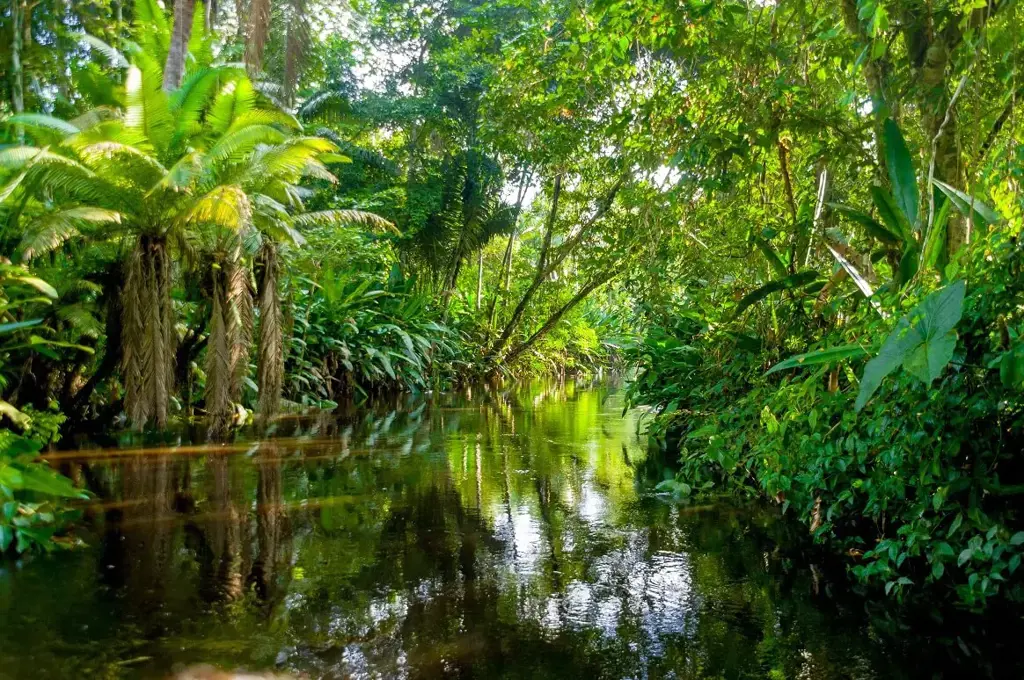
When visiting a rainforest, it's important to be prepared and take precautions against insects and potential illnesses. The dense vegetation and humid climate of the rainforest create an ideal environment for insects, including mosquitoes and other biting bugs, as well as certain diseases. Here are some specific insect repellents and medications you may need to bring when visiting the rainforest:
- Mosquito repellent: Mosquitoes are prevalent in rainforest areas and can transmit diseases such as malaria, dengue fever, and Zika virus. It is essential to bring a mosquito repellent that contains DEET (N,N-diethyl-meta-toluamide) or Picaridin. These active ingredients are effective in repelling mosquitoes and reducing the risk of mosquito-borne diseases. Apply the repellent to exposed skin and clothing, and reapply as directed.
- Antimalarial medication: If you are traveling to a region where malaria is prevalent, it is necessary to take antimalarial medication as prescribed by your healthcare provider. Malaria is a potentially life-threatening disease transmitted by the Anopheles mosquito. The specific medication and dosage will depend on the type of malaria prevalent in the area and your health condition.
- Insect bite relief cream or ointment: In case you do get bitten by insects, it's useful to have an insect bite relief cream or ointment. These products typically contain ingredients such as hydrocortisone or antihistamines, which help alleviate itching and discomfort from insect bites. Applying the cream or ointment can help soothe the affected area and prevent further irritation.
- Sunscreen: Although not directly related to insect repellents or medications, it's crucial to protect your skin from harmful UV rays while exploring the rainforest. Choose a broad-spectrum sunscreen with a high SPF (sun protection factor) and apply it generously to exposed skin. Reapply sunscreen every few hours, especially if you are sweating or swimming.
- Protective clothing: Wearing long sleeves, long pants, and closed-toe shoes can provide an additional barrier against insect bites, especially during dusk and dawn when mosquitoes are most active. Tucking pants into socks and using elastic bands to secure sleeves can prevent insects from crawling up your clothing.
- Knowledge of local diseases and precautions: Before embarking on your trip to the rainforest, research and understand the specific diseases prevalent in the region you will be visiting. Some rainforest areas may have unique diseases not commonly found in other parts of the world. Knowing the symptoms and taking necessary precautions, such as getting vaccinated, can significantly reduce your risk of contracting these diseases.
It's important to consult with a healthcare professional or a travel medicine specialist who can provide personalized advice based on your destination, health history, and specific needs. This article provides general information, but individual circumstances may require additional or different precautions. Remember to always follow the instructions on product labels and heed any warnings or advisories issued by local authorities. Taking these preventive measures will help ensure a safer and more enjoyable experience in the rainforest.
Essential Items to Pack for a Memorable Trip to Serbia
You may want to see also

Are there any safety items or equipment that I should include in my packing list for the rainforest?
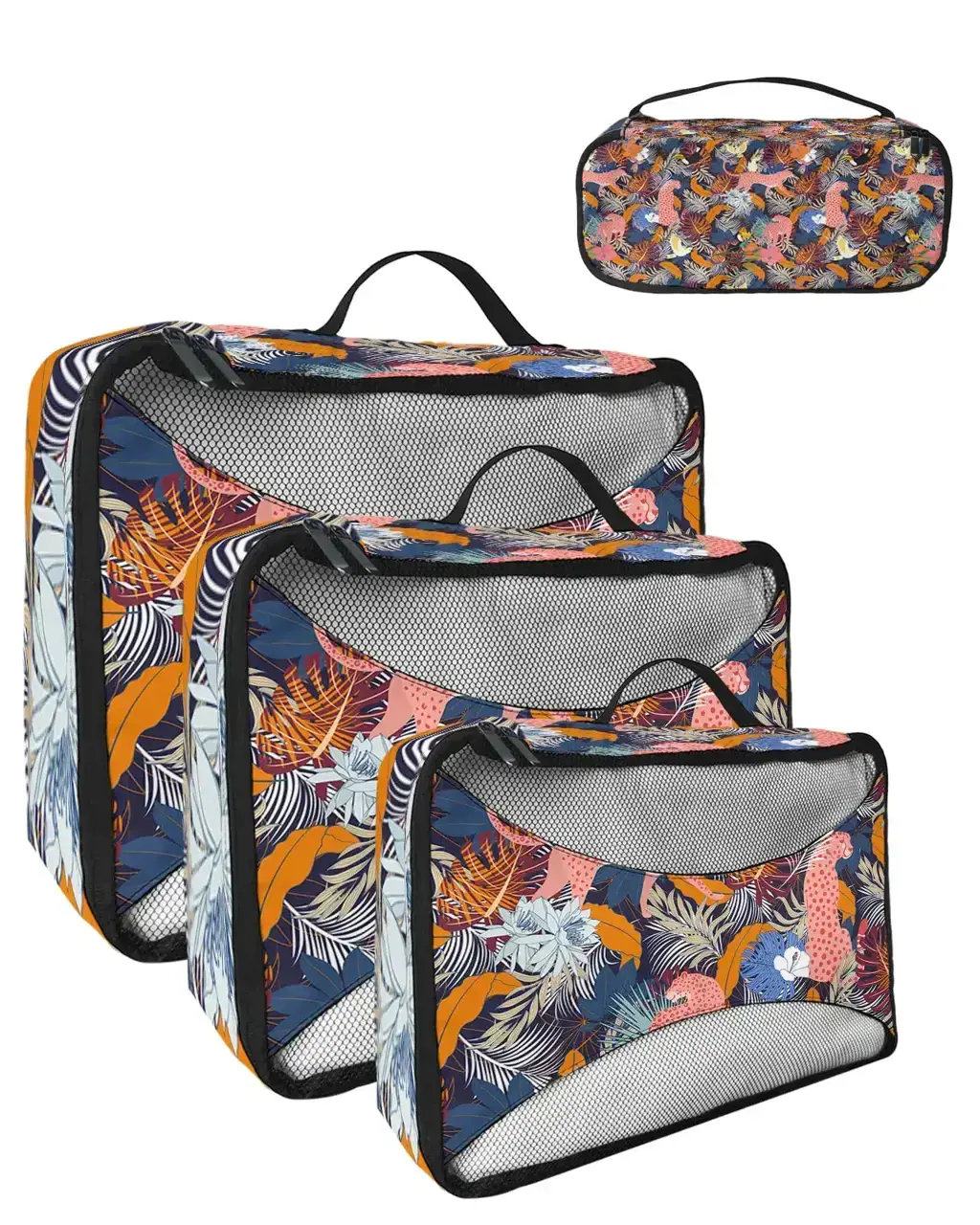
When it comes to exploring the rainforest, safety should always be your top priority. The rainforest can be a beautiful and fascinating place, but it can also be a dangerous one if you are not properly prepared. Before heading out on your rainforest adventure, be sure to pack these essential safety items and equipment.
- Insect repellent: The rainforest is home to a wide variety of insects, including mosquitoes and ticks, which can carry diseases such as malaria and Lyme disease. It is important to protect yourself from these insects by using a strong insect repellent. Look for a repellent that contains DEET, which is the most effective ingredient for repelling insects.
- First aid kit: Accidents can happen anywhere, and the rainforest is no exception. Be prepared for minor injuries by packing a well-stocked first aid kit. Some items to include are bandages, antiseptic wipes, tweezers, and pain relievers. It may also be a good idea to bring along extra supplies, such as medication for any pre-existing conditions.
- Proper clothing and footwear: The rainforest is a humid and wet environment, so it is important to dress appropriately. Choose lightweight and breathable clothing that will wick away moisture, such as quick-drying synthetic fabrics. Long sleeves and pants can help protect you from insects and plants. Additionally, invest in a good pair of hiking boots or sturdy walking shoes that provide good traction and ankle support.
- Waterproof gear: Rain is a common occurrence in the rainforest, so it is important to keep your gear and supplies dry. Pack items such as a waterproof backpack or dry bags to protect your belongings from getting wet. It may also be a good idea to bring a waterproof jacket or poncho to keep yourself dry during sudden downpours.
- Navigation tools: Getting lost in the rainforest can be a scary and dangerous situation. Always carry a map and compass, and make sure you know how to use them. A GPS device can also be helpful, but keep in mind that satellite reception may be limited in dense jungle areas. Additionally, it is a good idea to inform someone of your travel plans and expected return time before heading out.
- Water purification system: While the rainforest is filled with numerous streams and rivers, the water may not always be safe to drink. Bacterial and parasitic infections can occur from drinking contaminated water. It is best to bring along a water purification system, such as a portable filter or purification tablets, to ensure that you have access to clean drinking water at all times.
- Emergency communication device: In case of emergencies, it is crucial to have a reliable way to communicate for help. While cell phone reception may be limited in remote rainforest areas, it is still worth bringing along a fully charged cell phone. Consider investing in a satellite phone or a personal locator beacon (PLB), which can send out distress signals and help rescue teams locate you in the event of an emergency.
Remember, being prepared is the key to staying safe in the rainforest. By packing these essential safety items and equipment, you can have peace of mind and enjoy your rainforest adventure to the fullest.
What to Pack for a Romantic Night Away: Essential Items for a Perfect Getaway
You may want to see also

Are there any specific items or tools that are useful for navigating or exploring the rainforest?
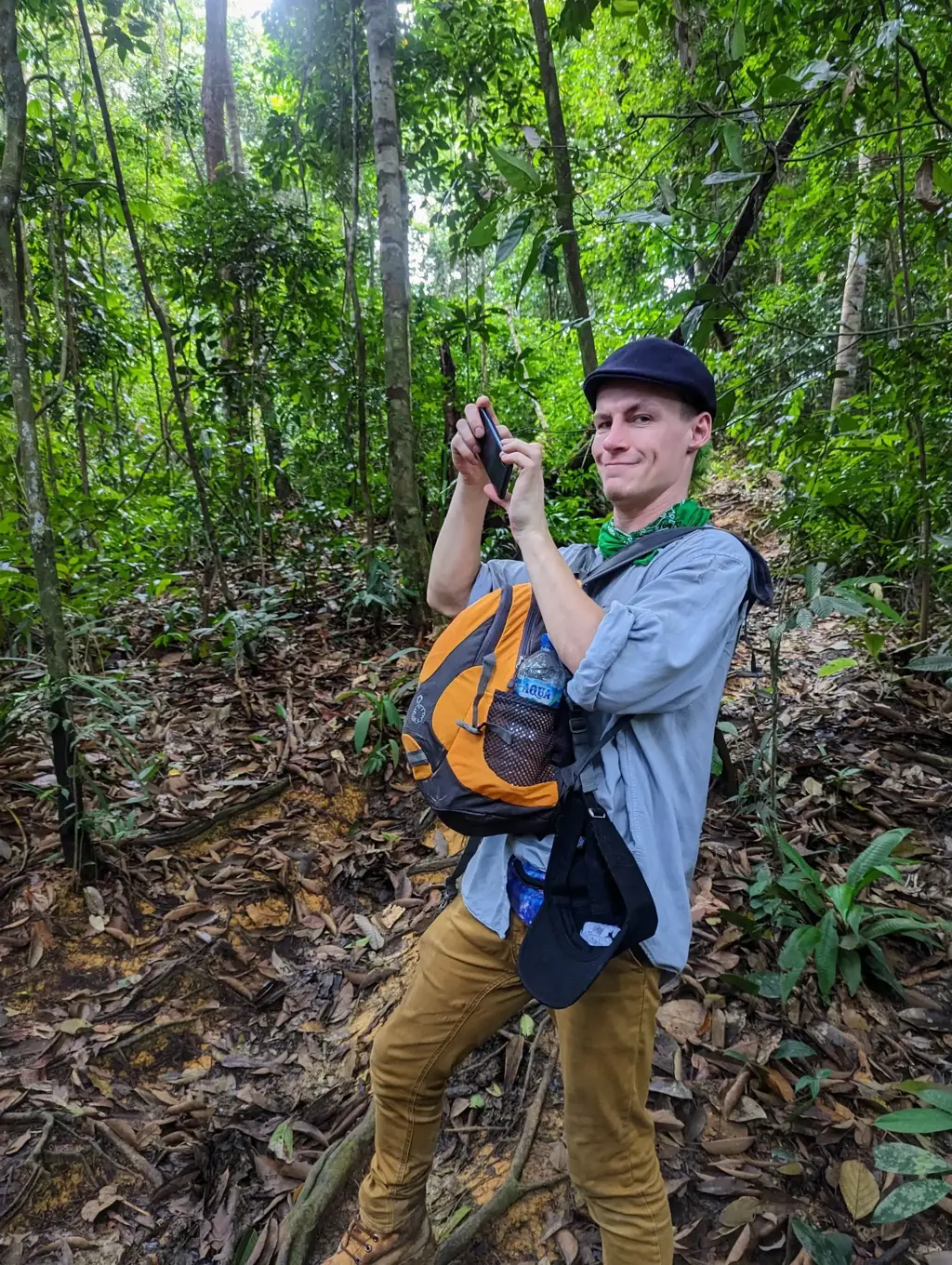
Exploring the rainforest can be an exciting and rewarding experience for nature enthusiasts. However, navigating through this dense and complex ecosystem can be quite challenging and requires proper preparation and the right tools. In this article, we will discuss specific items and tools that are useful for navigating and exploring the rainforest.
- Map and Compass: One of the essential tools for exploring the rainforest is a reliable map and compass. These tools can help you navigate through the dense foliage and provide guidance when the trail is not well-marked. It is crucial to have a map that is specifically designed for the rainforest, as it will provide detailed information about the terrain, rivers, and landmarks.
- GPS Device: In addition to a map and compass, a GPS device can be a valuable tool for navigating the rainforest. It can help you accurately track your location and can be used to mark important waypoints or landmarks. However, it is important to remember that GPS devices can sometimes be unreliable in dense forest cover, so it should be used in conjunction with other navigation tools.
- Machete: A machete is a versatile tool that is commonly used in the rainforest. It can help you clear a path through thick vegetation and can be used to cut branches or vines that may obstruct your progress. When choosing a machete, it is important to select one that is durable and has a sharp blade.
- Binoculars: Binoculars are useful for observing wildlife in the rainforest. They can help you get a closer look at animals that may be far away or hidden in the dense foliage. Additionally, binoculars can be used to spot landmarks or identify points of interest in the distance.
- Insect Repellent: The rainforest is home to a wide variety of insects, including mosquitoes, ants, and ticks. It is important to protect yourself from insect bites, as some insects can transmit diseases. An effective insect repellent can help keep bugs at bay and make your exploration more comfortable.
- Waterproof Gear: Rain is a common occurrence in the rainforest, so it is essential to have waterproof gear to protect yourself and your equipment. Waterproof backpacks, jackets, and boots can help keep you dry and prevent your gear from getting damaged.
- First Aid Kit: It is always a good idea to carry a well-stocked first aid kit when exploring the rainforest. This kit should include basic medical supplies such as bandages, antiseptics, and pain relievers. It can be crucial in case of minor injuries or emergencies.
- Camera: The rainforest is a treasure trove of unique and breathtaking natural beauty. Capturing these moments with a camera can help you preserve your memories and share your experiences with others.
In conclusion, navigating and exploring the rainforest requires proper preparation and the right tools. A map and compass, GPS device, machete, binoculars, insect repellent, waterproof gear, first aid kit, and a camera are essential items for a successful rainforest exploration. These tools can help you navigate through the dense vegetation, observe wildlife, and protect yourself from the elements. Remember to always prioritize safety and respect the fragile ecosystem of the rainforest.
What to Pack for Your UC Davis Essentials
You may want to see also
Frequently asked questions
When packing for a trip to the rainforest, it is important to prioritize essentials that will keep you comfortable and protected from the elements. Start with lightweight, breathable clothing that will help keep you cool and dry, such as long-sleeve shirts, long pants, and moisture-wicking socks. Don't forget to bring a rain jacket or poncho to shield yourself from the frequent rain showers that occur in rainforest environments. It is also essential to pack sturdy, waterproof hiking boots that offer good traction, as you will likely encounter uneven terrain and muddy trails. Don't forget to bring insect repellent, sunscreen, a hat, and sunglasses for added protection.
When exploring the rainforest, it is crucial to have the right gear. A sturdy, waterproof backpack is essential for carrying your essentials, such as water bottles, snacks, a camera, and a first aid kit. Packing a good quality, lightweight tent and sleeping bag is also necessary if you plan on camping in the rainforest. Additionally, bringing a reliable flashlight or headlamp, extra batteries, and a multi-tool can be quite handy in case of emergencies or unexpected situations. Finally, don't forget to bring a detailed map or GPS device to navigate through the dense vegetation of the rainforest.
In addition to clothing and gear, it is important to pack personal items that will ensure your comfort and well-being during your rainforest adventure. Don't forget to bring a refillable water bottle to stay hydrated in the humid environment. Consider packing a portable water filter or water purification tablets to ensure access to clean drinking water, especially if you are exploring remote areas. It is also crucial to pack a high-quality, broad-spectrum insect repellent to protect yourself against mosquitoes and other biting insects that are common in rainforest habitats. Lastly, bring any necessary medication, sunscreen, toiletries, and a small first aid kit to address any minor injuries or illnesses that may arise during your trip.




